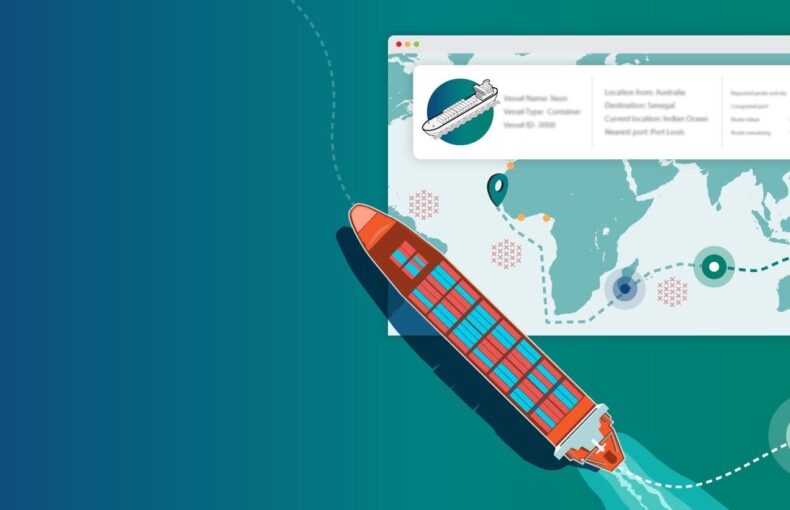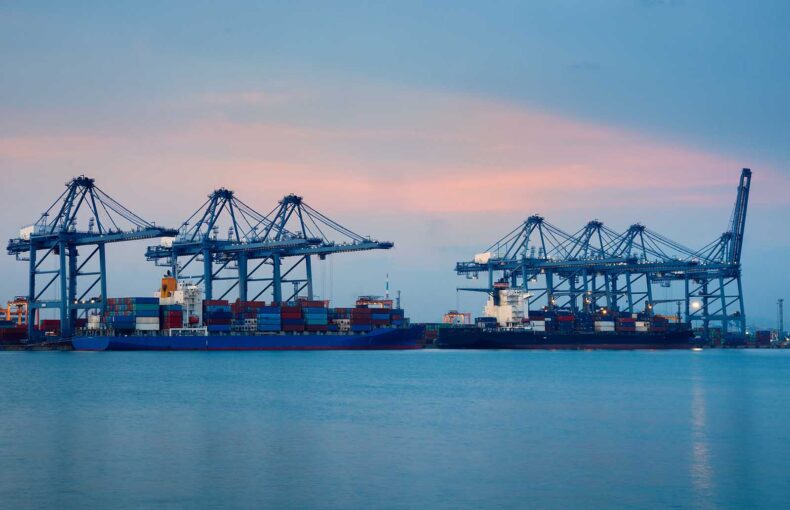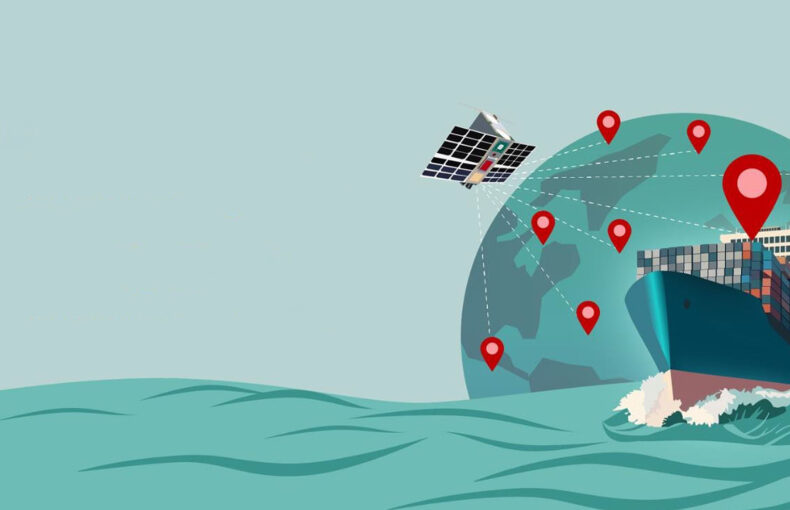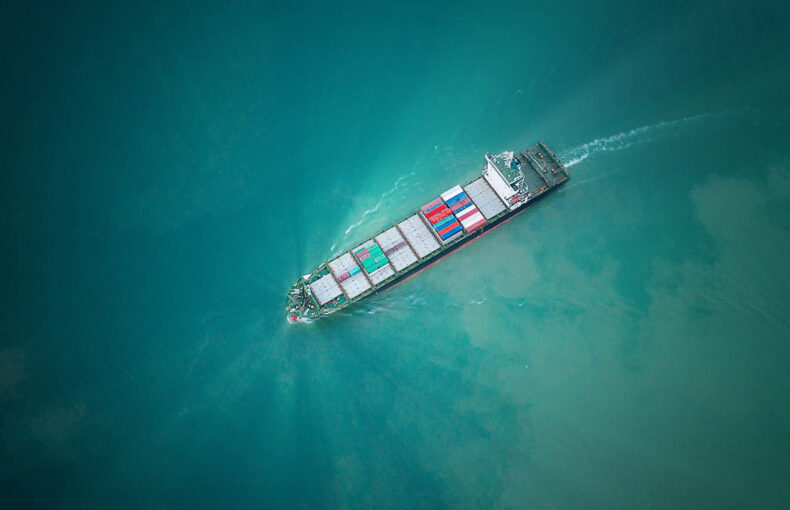Leveling the playing field: A high-tech tool for small-scale and artisanal fisheries
It is no secret that the world’s largest vessels, the gargantuan oil tankers and container ships that travel the oceans while transiting between ports, are decked out with the latest tech.
From automatic identification systems (AIS) to high bandwidth satellite communications, to Internet of Things (IoT) controls, to digital cargo bay optimization, the shipping industry is replete with tools that have sprung from the Third Industrial Revolution.
But access to these cutting-edge mechanisms—the kind that can raise efficiency and safety—is far from universal. Outside the leisure sector, the majority of the world’s smaller vessels are in the seafood industry, mostly operated by small business owners or local families, neither of whom can afford much in the way of tech.
Looking at a list of the world’s largest and busiest fishing ports shows that most are not in nations with a high-tech profile. Of the top ten, only Chonnam in South Korea is a country considered a leader in technology development and implementation.
That hundreds of thousands of fishing vessels sail without the kind of safety net that AIS and other tracking technologies provide is currently a given. As the impact of climate change and offshore resource exploitation becomes more profound, the lack of understanding of alterations to local fish stock patterns is also a void that needs to be filled. However, both issues can be mitigated by access to quality small vessel tracking data. Such data can also provide key catch traceability information that can increasingly be used by local fishers to command higher catch pricing through either ‘hook to cook’ or financial incentivization initiatives.
What is exactTrax?
Say hello to ‘exactTrax‘, an innovative service that provides cost-effective AIS coverage to small vessels, allowing every boat equipped with a low-cost transmitter the opportunity to be effectively monitored with satellite AIS.
Developed in coordination with leading AIS equipment manufacturers, exactTrax is based on easy-to-use autonomous maritime radio devices (AMRD) and AIS units that are solar/battery-powered, and that can be deployed on virtually any vessel type, including simple pirogues. Regardless of whether the boats operate inshore or offshore, using the latest RF signal processing technology and Spire’s satellite constellation, exactTrax provides real-time, high cadence tracking and safety alert data for any area of operation. exactTrax, therefore, delivers not only new levels of safety for the crews on such vessels, but also the data needed to underpin traceability and sustainability initiatives, and to better protect local/national/regional fisheries and guard sensitive marine protected areas.
Current AIS standards
The duality of current AIS, which was first developed in the 1990s for enhanced collision avoidance, is formalized in the Class A versus Class B standards now in place. Large ships (SOLAS-class vessels of more than 300 gross tonnage [GT]) are required to operate Class A AIS transceivers when sailing in international waters, and these devices operate at a high VHF transmission power (12.5 watts).
In contrast, Class B AIS, based on simpler and cheaper radio technologies, operates at a lower transmission wattage (2 to 5 watts), and carriage is not mandated by the IMO. However, Class B AIS can be mandated by national and/or regional governments – typically for sizable commercial fishing vessels. The weaker signal from Class B AIS devices means that they are not as readily detected by satellite AIS networks, particularly in busy shipping areas or regions of the world with a high radio interference noise floor.
exactTrax’s innovation is its hybrid-service model that as well as transmitting on standard AIS frequencies, exactTrax uses additional maritime VHF channels, in combination with advanced radio frequency (RF) protocols, to provide reliably high satellite detection rates (multiple position reports every hour) in areas where Class B AIS can struggle.
Additionally, and unlike current Class A and Class B AIS transceivers, which generally have to be wired into a ship’s power system and need to be housed below decks or in a wheelhouse, exactTrax uses easy to deploy solar/ battery-powered transmitters that are designed to be fully weatherproof and are completely independent of a vessel’s infrastructure.
The purpose of these innovations—simple deployment of low-cost hardware, combined with greater detection capabilities—is to provide cost-effective, high-powered AIS to any small vessel[RP1] .
This means exactTrax can enable real-time tracking and enhanced safety of life, for all small fishing and workboats that standard Class A and Class B AIS cannot easily serve.
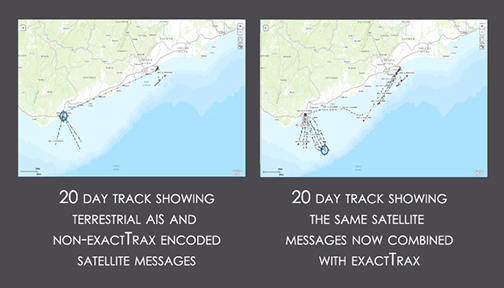
Why exactTrax is so important
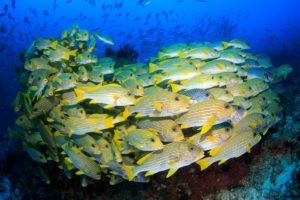 Why is this service such a step forward? Along with enhanced safety of life for all vessels operating either close to shore or on the high seas, exactTrax is a boon to the fishing industry with respect to catch traceability and provides enhanced surveillance and analysis tools for communities and regulators seeking to understand and protect marine biology and the overall health of local fisheries.
Why is this service such a step forward? Along with enhanced safety of life for all vessels operating either close to shore or on the high seas, exactTrax is a boon to the fishing industry with respect to catch traceability and provides enhanced surveillance and analysis tools for communities and regulators seeking to understand and protect marine biology and the overall health of local fisheries.
Small-scale fishers are vital to food security around the world- it is estimated that African fisheries alone help meet the nutritional needs of 200 million people. As well as shifts in fishing patterns required to combat the effect of climate change, it is also well-known that such modest operations are often at the mercy of the volatile seafood marketplace and those traders that can bring far more financial and communication resources to transactions.
Safety
Using the international and ubiquitous AIS standard, exactTrax provides small-scale and artisanal fishing boats the kinds of routine safety protocols enjoyed by their larger brethren. As well as being more susceptible to poor weather and equipment failure, small vessels can often be under significant threat from bigger ships, especially when they are operating at night or in poor weather.
For example, even an advanced maritime nation like Japan sees collisions between fishing vessels and cargo ships, and such incidents are an ongoing concern. There were 16 such accidents in Japanese waters in 2019-2020 that sadly included several deaths of crew members. Off the coast of Galveston, Texas, a collision in 2020 resulted in the death of three out of four crew members of a fishing boat after it struck a tanker. In 2021, a New Zealand fishing vessel collided with a Singapore-flagged container ship.
These are incidents from well-resourced nations with the most advanced maritime safety protocols and local inspection regimes. The fishing fleets of poorer, less regulated nations leave their home ports with significantly lower odds. This makes safety in small-scale fishing communities a major issue, especially as there is increasing pressure for crews to expand their operations farther offshore due to overfishing, habitat loss, and climate-change-driven changes in the behavior of marine species.
The installation of exactTrax devices helps prevent and mitigate the emergency situations that smaller fishing vessels too often find themselves in. As well as providing continuous and real-time tracking data, exactTrax devices all carry an SOS alert button, which can be activated by a crew in the event of an emergency. Spire’s satellites receive the tracking data and SOS alerts from exactTrax-enabled devices operating anywhere in the world in real time (data is typically made available to end users within one minute of transmission), providing local fishing and other working vessels the ability to be tracked beyond the range of coastal maritime systems (~30 nautical miles) and terrestrial cellular networks.
As well as satellite detection, as AIS is a standard protocol used worldwide, position messages and SOS alerts will also be picked up by nearby AIS-equipped vessels and, if within range, terrestrial AIS base stations.
Received exactTrax data and alerts can be streamed directly (or ‘pulled’ via Spire’s web services) to any third-party data network/analysis system. Spire’s own display and analysis tools are also available, via Spire’s ShipView web application and also our ‘smarteTrax’ app that is available for both Android and Apple smartphones.
Empowering fisheries, big or small
Vessel Management Systems
Large commercial fishing vessels are frequently mandated to carry a Vessel Monitoring System (VMS) that makes use of an onboard VMS terminal and commercial mobile SATCOM services for data transfer. However, as the exactTrax service and equipment are more affordable and easier to use than standard SATCOM-based VMS, as well as providing a vessel’s current position, speed, and course in real-time, exactTrax can act as a cost-effective ‘VMS-lite’ alternative for semi-industrial and smaller-scale commercial fishing vessels.
There are also developments underway for exactTrax to offer two-way services such as SOS acknowledgments and weather warnings, as well as support device polling and the transmission of real-time catch reports by the crew.
With climate change and offshore resource exploitation having a dramatic effect on small-scale fisheries in the developing world, exactTrax can help local communities, national ministries, and regional NGOs better understand fluctuations in local fishing stocks and enable them to better manage their local fisheries.
Financial incentivization
Additionally, “hook to cook” initiatives that enable small-scale fishing operations to have more power in marketplaces that traditionally tilt against them are on the rise. As one of these, the ABALOBI Initiative, explains on its webpage, “Our work promotes digital and financial inclusion [and] is directed by a suite of fisher-driven ‘eCDT’ technologies that relate to data empowerment, seafood traceability, fully documented fisheries, fair and transparent supply chains, and community cohesion and entrepreneurship. Critically, we believe that these elements are precursors to longer-term fisheries improvement actions for a transition towards ecological, economic, and social sustainability.”
By supporting catch traceability, catch reporting, and safety of life for small-scale fishers, exactTrax has a key role to play in these economic efforts that seek to bring greater autonomy and profit to traditional fishers.
Protecting fisheries
The ability to gather robust data on the myriad voyages of fishing fleets around the world will create vital information for marine biologists, NGOs, and other stakeholders as they try to hold the line on species depletion. The need for better monitoring has been recognized for years and exactTrax is a technology that can play a significant role.
As the Environmental Defense Fund report entitled “Technologies for Improving Fisheries Monitoring” explains, “Improving fishery performance with respect to seafood production, profits, livelihoods and conservation will require that more fisheries are monitored, scientifically assessed and managed based on data and science … Unfortunately, the large majority of the world’s fisheries are most likely not monitored or managed in this way; approximately 600 fisheries are scientifically assessed and managed, and the catch of about 7,000 is monitored to some degree—but there are at least 10,000 fisheries in the world.”
Tools like exactTrax are just the type of service needed to monitor those currently off-the-grid fisheries.
Emerging technologies for indigenous fisheries
The exactTrax system is just one of a range of tech approaches being introduced to the fishing industry around the world. The need to provide better tools so that green growth and more sustainable operations can be pursued has been building over the last decade.
Information and Communication Technologies (ICTs)
As the ABALOBI Initiative shows, harnessing the kind of communication technology that is now routine in urban areas to the multitude of rural fishing communities that dot shorelines is a fundamental step forward. ICTs knit smartphones, apps, and satellite-linked tracking and communications into an accessible suite of tools that local fishing operations can use to better integrate into the modern world economy.
Small-scale fisheries resource and collaboration hub
One aspect of this is creating and enabling links between the many, and often isolated, communities that are the bedrock of the worldwide seafood industry. The Small-Scale Fisheries Resource and Collaboration Hub (SSF Hub) is one such effort, as it seeks to bring better knowledge-sharing and mutual support to all maritime stakeholders. With support from many important environmental partner organizations, the SSF Hub serves as a single supportive community for the thousands of fishing communities around the world.
Drones
As with so many industries, cheap and easy-to-use drones are increasingly becoming part of fishing operations, especially the protection of fishing grounds from overexploitation. Such technological integration includes not just flying drones that are used by both fishers to better track their objectives but also regulators to survey protected areas, and now sailboat drones that can make extended studies of marine environments.
Beyond the horizon
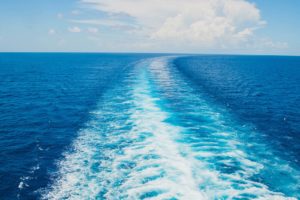 The myriad of technologies that are beginning to support the smaller-scale fishing industry should bring profound changes to it. Better resource management, more stable income for small stakeholders, and increased safety for all are realistic objectives. By supporting small-scale and artisanal fishing vessels and communities, Spire’s exactTrax is a key tool that can aid in the pursuit of these goals.
The myriad of technologies that are beginning to support the smaller-scale fishing industry should bring profound changes to it. Better resource management, more stable income for small stakeholders, and increased safety for all are realistic objectives. By supporting small-scale and artisanal fishing vessels and communities, Spire’s exactTrax is a key tool that can aid in the pursuit of these goals.
For further information on exactTrax, please contact [email protected].
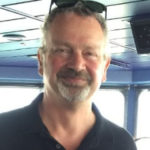 Written by
Written by